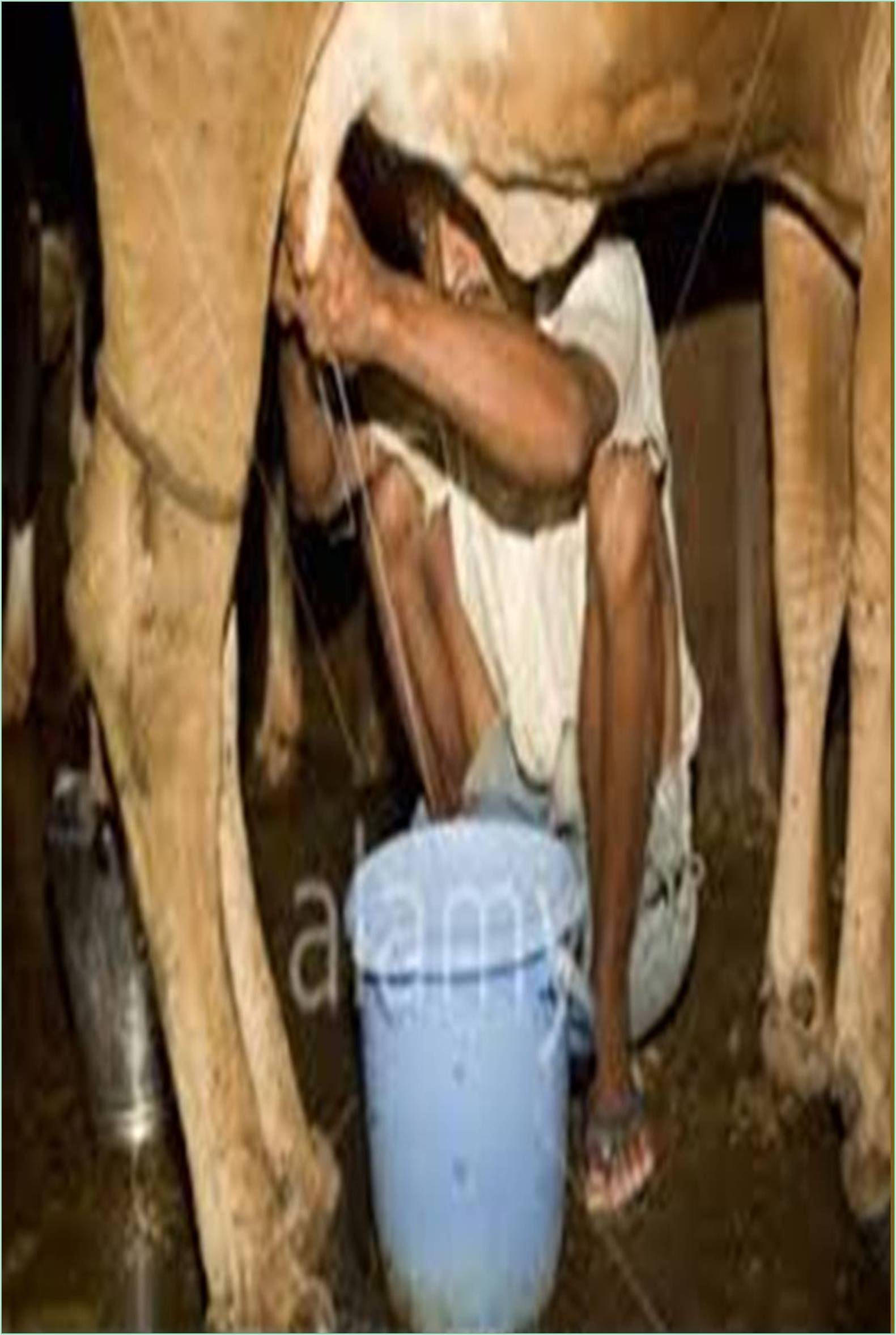



Received: 01-Feb-2022, Manuscript No. GJDFM-22-63328; Editor assigned: 07-Feb-2022, Pre QC No. GJDFM-22-63328 (PQ); Reviewed: 21-Feb-2022, QC No. GJDFM-22-63328 ; Revised: 28-Feb-2022, Manuscript No. GJDFM-22-63328 (R); Published: 08-Mar-2022, DOI: 10.15651/ 2449-1861.22.7.071
Dairy is the breeding of animals such as cows, goats, buffaloes, donkeys and other livestock, and using the milk to feed humans. Dairy products include cheese, butter, yogurt, ice cream and milk. Dairy by-products are also used in dairy cow breeding and in non-food applications such as paints, high quality color printing papers and, in the past, aircraft coatings. Dairy is largely more concentrated, mechanized or industrialized. Most cows on US dairy farms are trapped and fed in barns rather than grazing in the paddock for their own food. They are artificially fertilized and produce a huge amount of unnatural amount of milk. Twice a day, about every 12 hours, two people from a Michigan farm start a three-hour session milking cows.
The milking line uses a vacuum pump to move the milk from the cow to the tank where the milk is stored. Farm workers attach a milking device to each teat of a cow in the form of a handheld microphone. Milk from cows flows through a pipeline to a bulk cooling tank using a combination of vacuum suction and gravity. Each pipe has a fitting that allows the milking machine to be connected in different locations and is often permanently installed near the ceiling of the milking parlor. Milking parlor, cows are taken to the holding area and wait to enter the milking parlor where two cows are milked at a time. Farm workers remove fertilizer and bedding from each teat and then immerse each teat in a container of iodine solution to disinfect it. The worker then pulls on the nipple to visually inspect the milk flow. Before installing the cluster or breast pump, the worker wipes the teat with the cow's towel. The milking parlor is cleaned twice daily after each milking session. Soap and water pass through milking lines, breast pumps and other equipment. Automatically milker take off the breast pump to remove milk from the cow, farm workers place a breast pump on each of the cow's four teats. Each milking machine is lined with rubber and attached to a milking machine, also known as a pulsator. The machine's vacuum pump presses the rubber against the nipples, pulling the two diagonal nipples rhythmically at the same time. Cow milk passes through a sensor that can detect when the milk flow has stopped. At this point, the milker automatically falls off the cow. The milker is hung from a chain that prevents it from hitting the ground.
Fully Automatic Milking by Robots although less common, there is a clear increase in farms around the world that use robotic milking. The milking robot uses a laser to identify the teat of each cow entering the barn where the machine is installed. Cows reportedly visit milkers to relieve udder pressure. Dairy farms are engaged in raising dairy cows and their babies. Mothers are made pregnant so that they can breastfeed and the farm can get milk. Most cows become pregnant through a manual and unpleasant process called artificial insemination. Within hours of birth of a cow called a calf is removed from the mother and the milk that have being used to feed the baby is diverted to milking parlors for people to use milk instead. Ideally, the calf should be cared for several months for the health of both the cow and the mother.
The average person who wants to make a living from dairy rarely makes a lot of money or stabilizes. Small dairy farmers are out of business. News reports regularly point out that milk production costs more than farmers can sell. Costs include veterinary invoices, cattle feed and gas. In dairy, cows are often "dairy machines" and can barely turn their heads, let alone exercise and socialize with other cows.